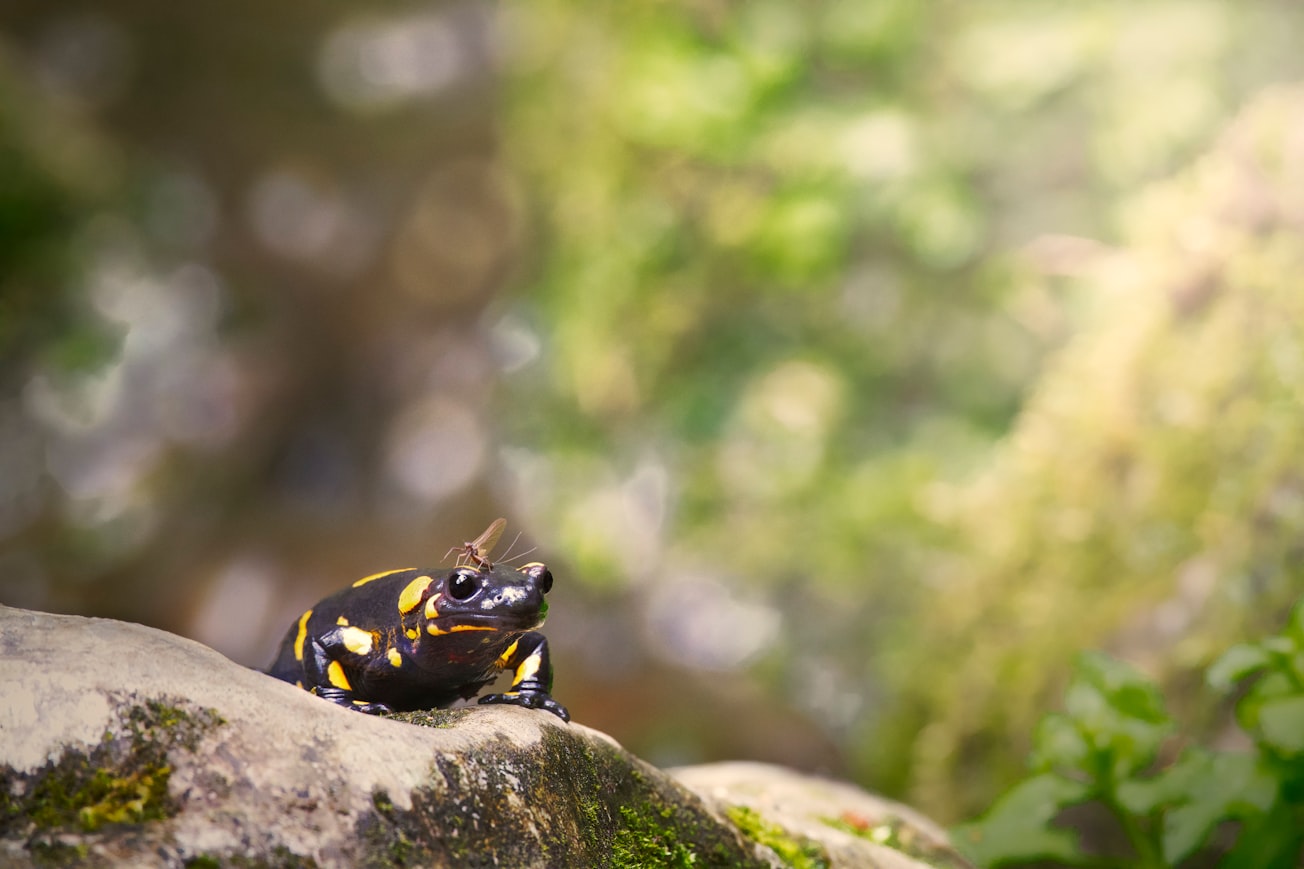What is it about?
Chytridiomycosis has been linked to declines and collapses of amphibian populations worldwide. It is caused by two different chytrid fungi: Batrachochytrium dendrobatidis (Bd) and Batrachochytrium salamandrivorans (Bsal). Together they are responsible for over 90 extinctions and 501 declines and are massive threat to biodiversity. This also affects humans: in Costa Rica and Panama malaria incidence rose substantially after local amphibian population collapses caused by Bd. We set out to understand how these fungi can be such successful killers of such a wide range of amphibian hosts worldwide. In the publication, we uncover that so-called "jumping genes" appear to have driven the genome expansion of Bsal to ~3x the genome size of its closest relative Bd. "Jumping genes", or transposons, are repetitive DNA elements that can copy-and-paste themselves in a genome and thereby contribute to genome expansion and, i.a. by disrupting genes or changing gene circuity, to genomic innovation. We find that the latter is also true for Bsal, as transposons are found to be associated with genes coding for skin destroying enzymes that are massively expanded in Bsal. Finally we show that they play a role in Bsal’s genome architecture, which is organised in a very specific way: genes that are highly conserved and whose disruption would be deleterious are packaged into genome compartments that have very few of those transposons and are very stable. Conversely, genes that involved in pathogenicity and whose mutation might give the pathogen an advantage in host infection are located in compartments that are very rich in those transposable elements and are “evolutionary hot spots”. This has previously only been seen in plant pathogens and it raises the question whether this might be a much more widespread phenomenon. In the publication, we describe Bsal's genome in much more detail and also describe how to identify and characterise such a genome architecture with a set of statistical methods.
Featured Image

Photo by FRANCESCO TOMMASINI on Unsplash
Why is it important?
We uncover the role of transposons in the pathogenicity of amphibian killing chytrids and show that they have a specific genome architecture previously only seen in plant pathogens. These discoveries shed new light on the evolution of fungal pathogens of vertebrates driving global declines and extinctions.
Perspectives
Compartmentalised genomes are an elegant way of solving a catch-22 situation: how to achieve both evolvability and conservation. It allows for genomic innovation while avoiding deleterious mutation. I can't see why this should not be a much more widespread phenomenon.
Theresa Wacker
MRC Center for Medical Mycology, University of Exeter
Read the Original
This page is a summary of: Two-speed genome evolution drives pathogenicity in fungal pathogens of animals, Proceedings of the National Academy of Sciences, January 2023, Proceedings of the National Academy of Sciences,
DOI: 10.1073/pnas.2212633120.
You can read the full text:
Resources
Poster: Repeat-driven genome expansion and two-speed genome architecture of amphibian-infecting chytrids
Poster presented at the 31st Fungal Genetics Conference in Pacific Grove, CA, USA which took place 15th-20th of March, 2022. DOI: 10.5281/zenodo.6984870
‘Jumping genes’ help fungus kill salamanders
University of Exeter Research News
Two-speed genome expansion drives the evolution of pathogenicity in animal fungal pathogens
Preprint
Contributors
The following have contributed to this page










